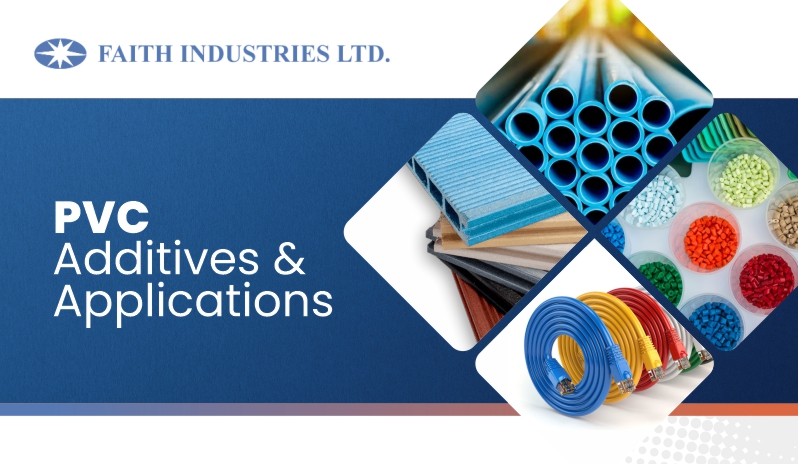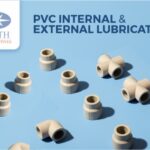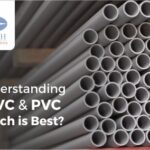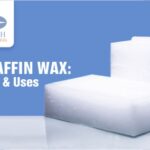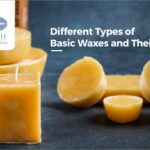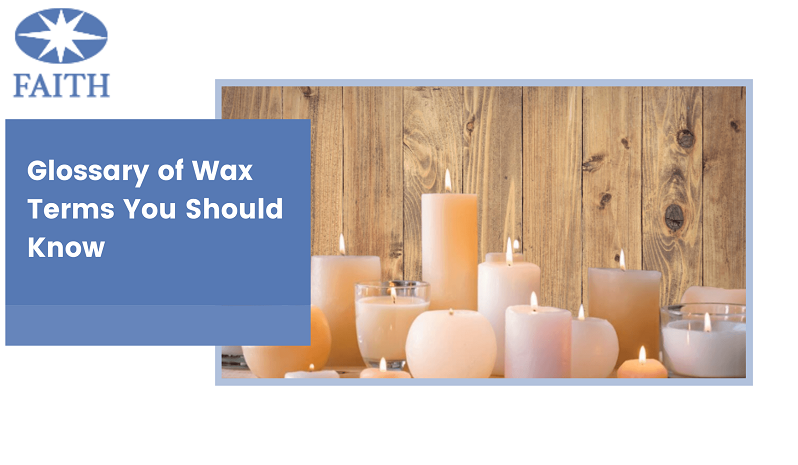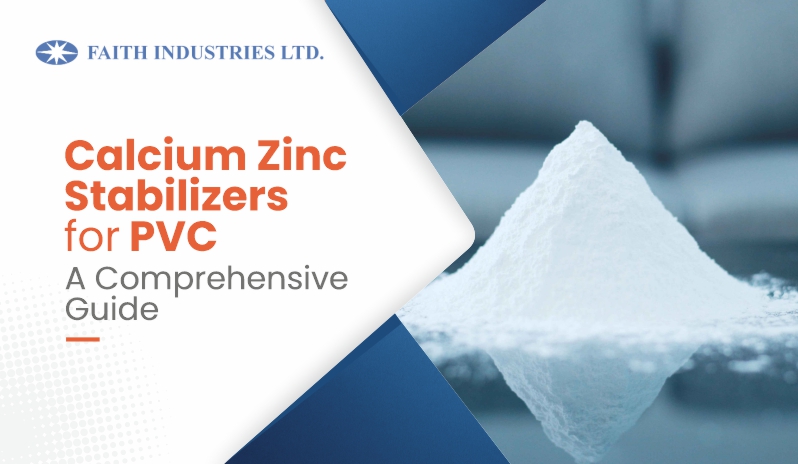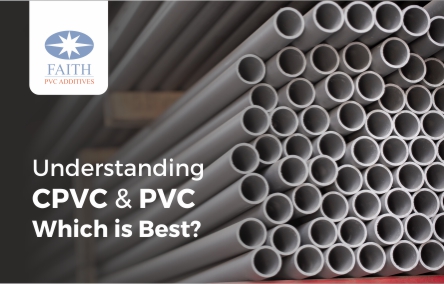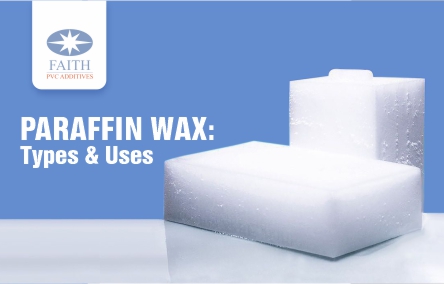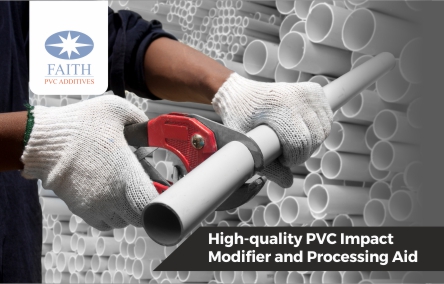Being the third-most-used thermoplastic polymer, polyvinyl chloride has taken over several industries, outplaying plenty of heavy and costly materials in the past few years. Be it construction sectors or other commercial sectors, the vast application of PVC is prevalent everywhere.
But can polyvinyl chloride be used in its raw form all the time? Obviously not, and that’s where PVC additives come into play. This blog will elaborate on the applications of different PVC additives.
Materials and Methods
Two distinct techniques are applied to blend additives with raw polyvinyl chloride to produce the final outcome.
Dry Mixing
In this method, the materials are transformed into powder form with the help of a high-speed mixer.
Extruder Mixing
This is the process of mixing all the components inside a low or high-speed extruder mixer and the mixture has been passed through heaters to obtain its melted form. Thereafter, the melted outcome is cooled down and cut into certain shapes for further processing.
PVC Additives
The amalgamation of raw PVC and additives produces the ultimate form of PVC required for commercial purposes. You need to get in touch with a PVC additive manufacturer to get all types of PVC additives required.
Plasticizers
The heavy intermolecular force between PVC molecules is the main factor behind the material’s rigidity at the normal temperature and plasticizers are blended into raw PVC to minimize the proximity between the molecules. Two different variants of plasticizers are generally blended into raw PVC to obtain the expected outcome.
Primary Plasticizers
When it comes to producing PVC for extremely soft items, primary plasticizers are applied to the raw PVC. The molecules of primary plasticizers get diffused inside the PVC resin rapidly, causing the entire material to soften to some extent. Also, a substantial number of primary plasticizers are utilized to produce soft PVC resins.
Secondary Plasticizers
The purpose of applying secondary plasticizers is to obtain moderately hard PVC resins because the dispersion rate of secondary plasticizers is comparatively lesser than of the primary plasticizers.
PVC Stabilizers
PVC gets degraded at a high temperature due to the instability of its molecules and that’s why PVC Stabilizers are applied to retain the quality of the raw PVC while processing. The polymer chains present inside PVC also break down as its material comes in attachment with UV rays. Hence, both heat stabilizers and light stabilizers are applied to prevent the deterioration in the quality of PVC during processing.
Heat Stabilizers
Different types of metal salts (Leads, tins) are reportedly used as thermal stabilizers to prevent PVC from degrading during processing.
Light Stabilizers
Mixed metal stabilizers are generally used to keep PVC resins safe from UV lights. DBL Phosphate is a widely recognized PVC stabilizer that saves PVC resin from light.
PVC Lubricants
Internal Lubricants
The core intention behind using internal lubricants is to minimize the viscosity of the PVC melt as much as possible. Oxidized PE wax and Ester wax are widely used as internal lubricants.
External Lubricants
The friction between PVC melt and the metals presents in the machinery while processing also degrades the quality of the mixture to some extent. That’s why lubricants like Paraffin wax and Polyethylene wax are used as external lubricants to prevent friction.
Fillers
PVC processing is highly expensive, and fillers are used to cut down the overall cost to some extent. Fillers enhance the mechanical properties of PVC like chemical resistance to a certain degree.
Nano Fillers
Potent nanofillers like glass and carbon fibers are added to the PVC polymer in order to increase its impact performance and fracture strength.
PVC Impact Modifiers
Using Impact modifiers evokes the risks of polymer breakage by enhancing the fracture strength of the resin. Ideally, impact modifiers come with rubber properties. Some distinguished impact modifiers are Acrylic rubber, Chlorinated polyethylene.
PVC Applications
- PVC has been used as a versatile material to manufacture construction goods and accessories for a long span of time. From window seals to flooring and roofing solutions, the usage of PVC is evident in different important aspects of construction.
- PVC is an outstanding element for various piping solutions. The element is used for pipe molding, hose manufacturing, and tubing.
Want To Avail PVC Additives At Affordable Rates?
Processing PVC without necessary additives may cause a drastic degradation in the overall PVC quality which you surely don’t want. The skyrocketing demand for PVC additives has caused a surge in their prices too. Faith Industries PVT LTD offers the highest-quality authentic PVC additives at budget-friendly prices. Visit our official website to grab more lucrative offers.

